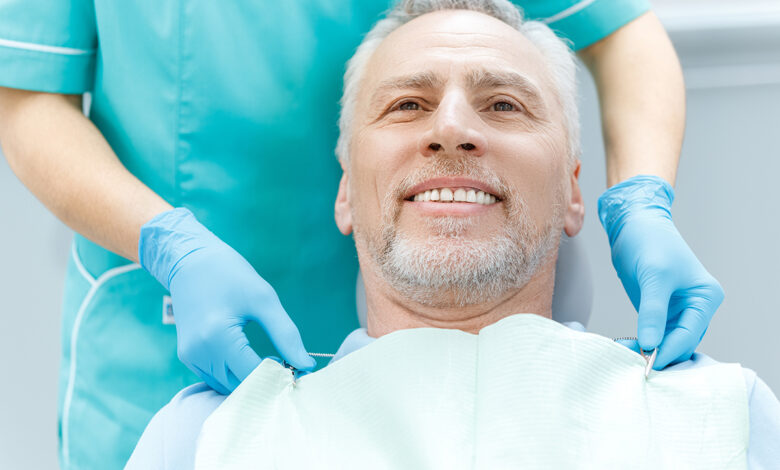What is platelet-rich fibrin, and how does it fit in with biological dentistry?

A biological dentist sees the mouth and the materials in the mouth as an integral part of a patient’s whole-body health. They understand that the mouth and body are connected and that illness or disease that occurs inside the body is reflected orally and vice versa. After diagnosing certain problems or conditions, sometimes the form of treatment is right at our fingertips: platelet-rich fibrin or PRF. Platelet-rich fibrin (PRF) and its predecessor, platelet-rich plasma (PRP), are categorized as autologous blood concentrates, which are blood products made using the patient’s own blood. When determining the difference between PRF and PRP, one is a liquid (PRP) and the other is a gel membrane (PRF). However, the real variant is how it is processed.
Platelet-rich fibrin (PRF) can play an important role in oral and maxillofacial surgery, implant dentistry, periodontal regeneration and post-extraction site preservation. The fibrin is a reservoir of platelets that will slowly release growth factors and cytokines, which are the key factors for regeneration of the bone and maturation of the soft tissue. The benefits to using this form of treatment during dental procedures include: increased healing and a shortened recovery time at home, decreased pain and discomfort after your procedure, minimal swelling, greater strength as the bone and dental implants fuse as well as faster osseointegration time frame, greater results after undergoing a bone graft, and decreased risk for dry sockets after a tooth extraction. This is only naming a few and there are countless other benefits based on the type of procedure a patient is undergoing.
The process is fairly quick and virtually painless for the patient and can be done right in the dental chair prior to beginning treatment. The clinician draws a blood sample from the patient then concentrates it using a centrifuge machine to separate the different blood components into individual, concentrated layers that the clinician can use. Although several variations of this technology exist today that prioritize different blood components, the concept for dentistry is the same—they use the patient’s own blood to enhance healing and a successful outcome for dental procedures.
In choosing to use PRF/PRP in dentistry, dental professionals can ensure a safer, more convenient way to help patients heal quicker and more naturally than before. Using an individual’s own blood supply, there is no risk of disease transmission, and the likeliness of infection is significantly decreased.
Written by Nicole Dean, Office Manager for Dr. William J. Twohig DDS. Nicole has been working in the dental field for 14 years now, many of which were spent as a chairside assistant. She is certified in CPR and has also trained in cross coding for medical/dental billing, medical law and ethics, healthcare customer service, and health in the human body and disease.
“In choosing to use PRF/PRP in dentistry, dental professionals can ensure a safer, more convenient way to help patients heal quicker and more naturally than before.”




